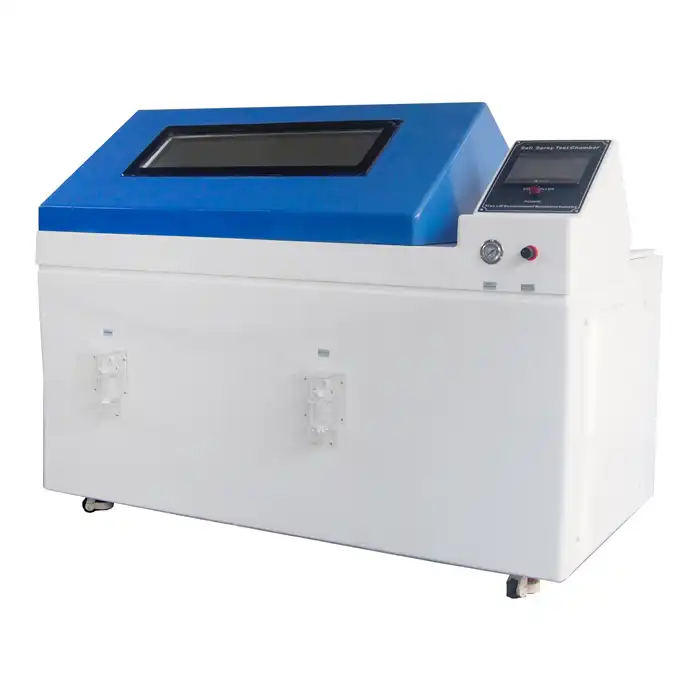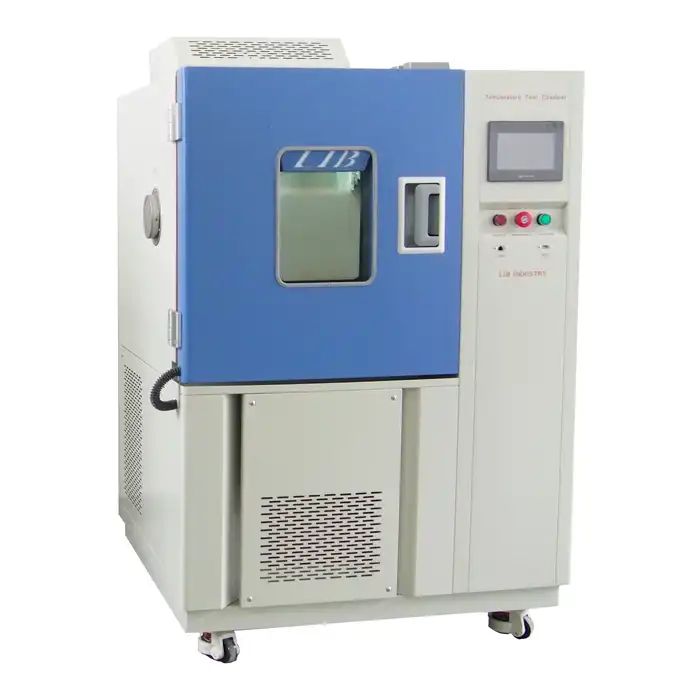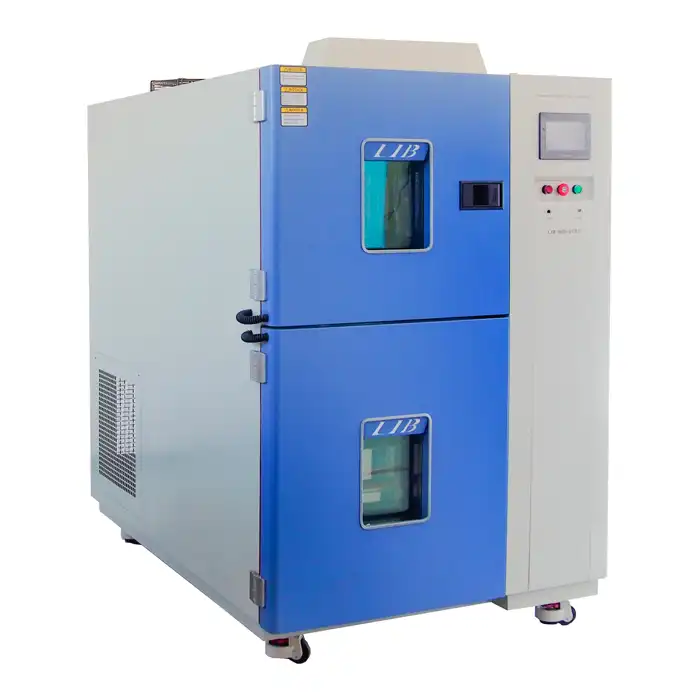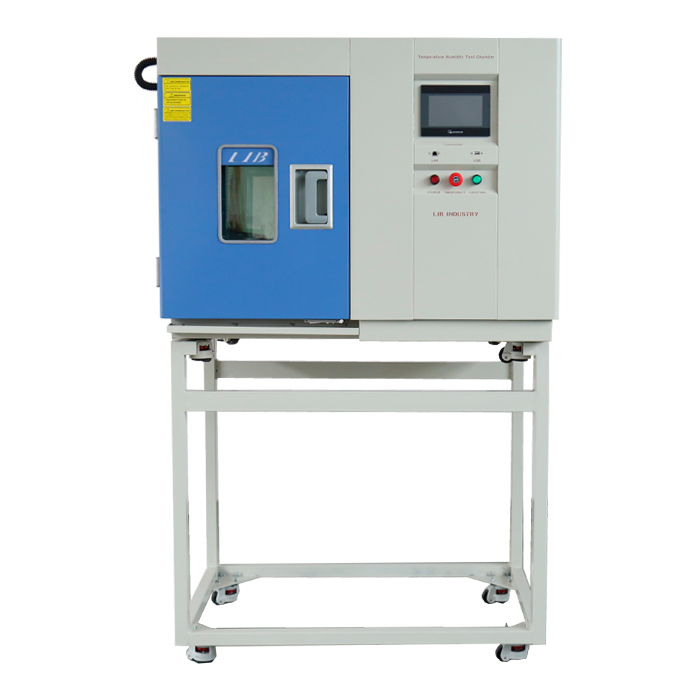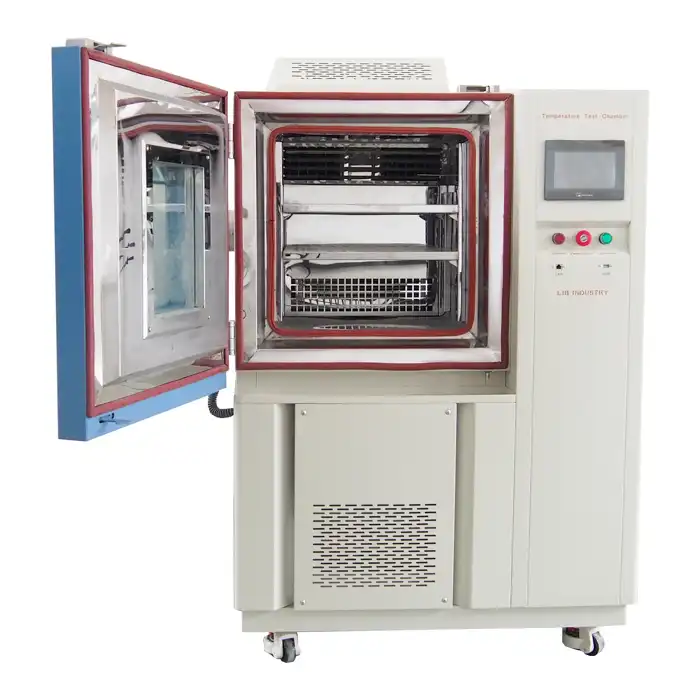How to do a dust test?
How to Do a Dust Test: Understanding the Importance of Dust Ingress Test Chambers
In challenging environments like dusty conditions, ensuring product reliability is absolutely necessary in industries like electronics manufacturing and automotive engineering. A residue entrance test is an essential technique used to assess how well an item can endure residue and particulate entrance, recreating genuine situations to evaluate strength and execution.
In most cases, the dust ingress test involves exposing the product to regulated quantities of dust in a specially designed chamber. These chambers are prepared to produce and scatter dust as per normalized methodology, guaranteeing consistency and exactness in testing. In order to simulate the various environmental conditions that the product might encounter throughout its lifecycle, it is subjected to varying intensities and types of dust during the test.
The significance of directing a residue entrance test lies in its capacity to recognize expected shortcomings in item plan or assembling processes that could prompt residue penetration. Residue and particulate matter can unfavorably influence item execution, usefulness, and life span, especially in touchy electronic parts or mechanical frameworks tracked down in auto applications.
Dust ingress test chambers are essential to this testing procedure because they provide a controlled setting in which these simulations can be carried out successfully. These chambers are made to meet particular requirements, such as IP (Ingress Protection) ratings, which include the stringent IP69K standard, which guarantees that they can withstand high-pressure water jets and keep their integrity throughout testing.
Manufacturers can validate their designs, assess compliance with regulatory requirements, and ultimately deliver products that meet high standards of reliability and durability by subjecting products to rigorous dust ingress testing. By ensuring consistent performance in harsh environmental conditions, this proactive approach not only improves product quality but also builds customer trust.
In conclusion, industries where environmental resilience is of the utmost importance benefit greatly from the dust ingress test. It enables manufacturers to uphold their commitment to providing robust and dependable solutions to market demands, optimize product performance, and reduce risks associated with dust ingress.
What is a Dust Ingress Test?
A pivotal strategy known as a residue entrance test, or a residue test, is utilized to decide if an item meets indicated Entrance Security (IP) norms by deciding how well it opposes the infiltration of residue and different particles. These internationally recognized standards classify a product's level of protection against liquids and solids, like dust.
The item is placed in a specific chamber for a residue entrance test, where controlled quantities of residue particles are presented. The type of dust used in the test and its severity are determined by the desired IP rating. Things zeroing in on higher IP assessments go through more careful testing including better and potentially really grinding buildup particles. This guarantees that the product can withstand environments with a lot of dust and other particles and work well in them.
To precisely duplicate the states of this present reality, the testing climate is painstakingly controlled. The chamber is designed to evenly disperse dust and maintain consistent test parameters to ensure the reliability and repeatability of the results. The duration and conditions of the test may be influenced by the product's particular requirements and the IP rating that is being targeted.
The primary objective of a dust ingress test is to verify the product's dust protection design and manufacturing quality. It helps identify vulnerabilities that could lead to performance degradation or failure when placed in dusty environments. In ventures where natural strength is urgent, makers can guarantee that their items satisfy administrative guidelines, client assumptions, and functional necessities by going through such testing.
In conclusion, the processes for product development and quality assurance in electronics, automotive, and outdoor equipment manufacturing all rely on the dust ingress test. It is helpful to ensure that products can function properly and last a long time in dusty environments, making them more reliable and satisfying customers.
Importance of Dust Ingress Test Chambers
Dust ingress test chambers are specially designed enclosures that facilitate the controlled environment required for conducting dust tests. These chambers simulate various levels of dust exposure that products might encounter during their operational life. They are equipped with mechanisms to generate and regulate dust concentration, airflow, temperature, and humidity according to testing standards.
Components of a Dust Ingress Test Chamber
A typical dust ingress test chamber manufacturers includes:
Dust Dispersion System: This system disperses dust particles uniformly around the product being tested.
Sealing and Observation Windows: Seals prevent dust leakage, while observation windows allow testers to monitor the test process without disrupting the environment.
Temperature and Humidity Controls: These controls ensure that test conditions remain consistent throughout the testing period.
Conducting a Dust Ingress Test: Step-by-Step Guide
Preparation: Ensure the product is properly prepared according to test standards, including any required preconditioning.
Testing: Place the product inside the dust ingress test chamber manufacturers and initiate the test cycle. The chamber will introduce dust particles according to the specified testing parameters.
Monitoring: Continuously monitor the test to ensure conditions remain stable and within specified tolerances.
Evaluation: After the test cycle completes, evaluate the product for any signs of dust ingress. This evaluation may involve visual inspection, performance testing, or disassembly for deeper examination.
Conclusion
In conclusion, businesses must master the dust ingress testing procedure if they value product dependability in harsh environments. Because they enable the creation of controlled environments in which products are rigorously evaluated for dust and particulate infiltration, dust ingress test chambers are essential to this process. These chambers enable manufacturers to adhere to standard testing protocols by utilizing specialized equipment to simulate various levels of dust exposure.
Manufacturers can determine whether their products meet required IP evaluations by adhering to these extensive conventions and employing dedicated offices. This ensures that products are prepared to function effectively in situations where dust and particulates are a problem in the real world. In the end, this commitment to rigorous testing improves the dependability and durability of products, which in turn increases customer satisfaction and confidence across a wide range of industries.
If you're interested in learning more about dust ingress test chambers or need assistance with environmental testing solutions, feel free to contact us at info@libtestchamber.com. Our team at LIB is dedicated to providing comprehensive turn-key solutions tailored to meet your specific requirements.



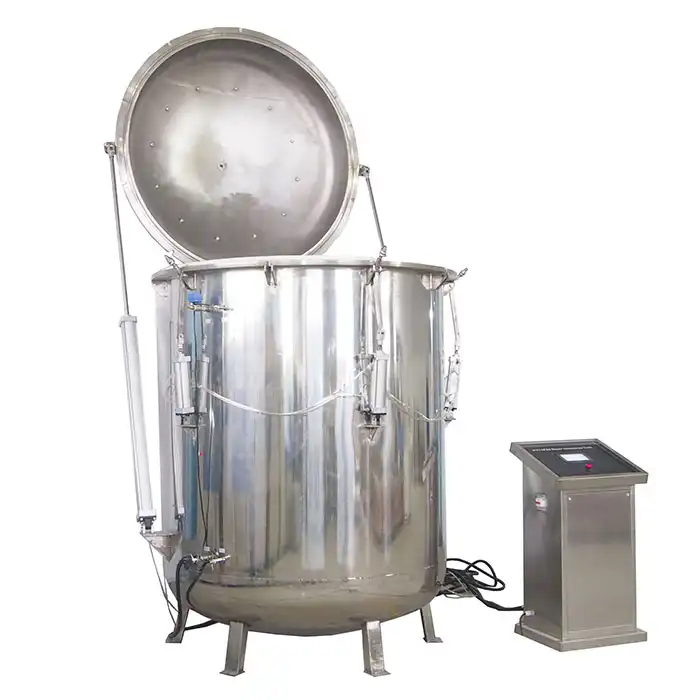
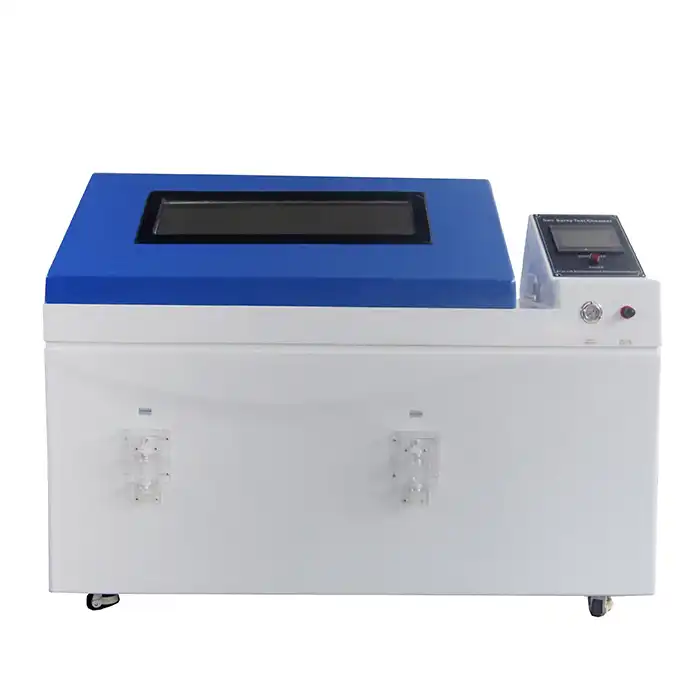
.webp)
